Gardens to Greek gods; the places we care for are filled with stories of those who challenged conventional ideas of sexuality.
Today, we’re celebrating #GlobalPride https://abs.twimg.com/hashflags... draggable="false" alt=""> and exploring LGBTQ+ histories at the places in our care, and the hidden lives of those who shaped them. (1/12)
https://abs.twimg.com/hashflags... draggable="false" alt=""> and exploring LGBTQ+ histories at the places in our care, and the hidden lives of those who shaped them. (1/12)
Today, we’re celebrating #GlobalPride
Starting us off with the white triangle of our #Pride  https://abs.twimg.com/hashflags... draggable="false" alt=""> flag is a snippet of Orlando, Virginia Woolf’s pioneering novel.
https://abs.twimg.com/hashflags... draggable="false" alt=""> flag is a snippet of Orlando, Virginia Woolf’s pioneering novel.
Inspired by Vita Sackville-West, with whom she had an intense affair, it’s said to be the ‘longest and most charming love letter in literature’. (2/12)
Inspired by Vita Sackville-West, with whom she had an intense affair, it’s said to be the ‘longest and most charming love letter in literature’. (2/12)
The pink chevron, along with the white and blue, represents the trans community, and is made with the summer blooms @SissinghurstNT in Kent.
Sissinghurst was home to Vita and Harold Nicolson, whose unconventional marriage allowed both to pursue same-sex affairs in private.(3/12)
Sissinghurst was home to Vita and Harold Nicolson, whose unconventional marriage allowed both to pursue same-sex affairs in private.(3/12)
Continuing the story of this #LGBTQ+ love affair, the blue chevron is depicted by a token of love from Vita to her lover Virginia Woolf.
This vibrant pottery dish from Teheran, gifted to Virginia, is identical to one adorning Vita’s writing room at @SissinghurstNT. (4/12)
This vibrant pottery dish from Teheran, gifted to Virginia, is identical to one adorning Vita’s writing room at @SissinghurstNT. (4/12)
Our brown chevron, representing LGBTQ+ people of colour, is a cast iron plaque of Orpheus.
A legendary musician of ancient Greece, Orpheus journeyed to the underworld to retrieve his wife. After his rescue attempt failed, he took only male lovers. (5/12)
A legendary musician of ancient Greece, Orpheus journeyed to the underworld to retrieve his wife. After his rescue attempt failed, he took only male lovers. (5/12)
The black chevron, representing the Black LGBTQ+ community, is a painting of the Roman African saint, Augustine, Bishop of Hippo.
Rumoured to have been bisexual in his youth, his portrait hangs in @NTKingstonLacy, home to William Bankes before his exile for homosexuality. (6/12)
Rumoured to have been bisexual in his youth, his portrait hangs in @NTKingstonLacy, home to William Bankes before his exile for homosexuality. (6/12)
Making up the red stripe is a portrait from the collection @SmallhytheNT of Vita Sackville-West wearing one of Ellen Terry’s costumes.
As well as Terry, Smallhythe was home to her daughter Edy and Edy’s two partners, both of whom defied conventional gender expression. (7/12)
As well as Terry, Smallhythe was home to her daughter Edy and Edy’s two partners, both of whom defied conventional gender expression. (7/12)
Lending the orange stripe its colour are the spring tulips in the garden @MonksHouseNT.
Home to Virginia Woolf and her husband Leonard, the writing lodge at Monk’s House is where Woolf penned novels brought to life by her bohemian approach to love and sexuality. (8/12)
Home to Virginia Woolf and her husband Leonard, the writing lodge at Monk’s House is where Woolf penned novels brought to life by her bohemian approach to love and sexuality. (8/12)
The yellow stripe comes from the front cover of a playbook at @SmallhytheNT in Kent.
After her mother’s death, Edy Craig and her two partners transformed the house into a pioneering place that offered women freedom of expression in art, gender and sexuality. (9/12)
After her mother’s death, Edy Craig and her two partners transformed the house into a pioneering place that offered women freedom of expression in art, gender and sexuality. (9/12)
Making up the green stripe is the rolling lawn @NTKingstonLacy in Dorset.
Forced to keep his homosexuality a secret, the house’s owner William Bankes eventually fled his beloved estate, taking exile abroad until his death in 1855. (10/12)
Forced to keep his homosexuality a secret, the house’s owner William Bankes eventually fled his beloved estate, taking exile abroad until his death in 1855. (10/12)
For the blue stripe, we visited Clouds Hill in Dorset, the home and refuge of T.E. Lawrence.
Famed for his military exploits in the Middle East, Lawrence had an enigmatic public persona, and hinted at homosexual experiences throughout his writing. (11/12)
Famed for his military exploits in the Middle East, Lawrence had an enigmatic public persona, and hinted at homosexual experiences throughout his writing. (11/12)
Finally, the purple stripe of our flag is from a leather wallet bearing an Oscar Wilde quote.
A leader of the aesthetic movement, and the inspiration behind the interior decoration @NTWightwick, Wilde was infamously persecuted and later imprisoned for his homosexuality. (12/12)
A leader of the aesthetic movement, and the inspiration behind the interior decoration @NTWightwick, Wilde was infamously persecuted and later imprisoned for his homosexuality. (12/12)
This #Pride  https://abs.twimg.com/hashflags... draggable="false" alt=""> month, we’re also celebrating the enormous contribution that LGBTQ+ staff, volunteers and supporters make to the work we do.
https://abs.twimg.com/hashflags... draggable="false" alt=""> month, we’re also celebrating the enormous contribution that LGBTQ+ staff, volunteers and supporters make to the work we do.
While we won’t be at any parades this year, you can still get involved and join the celebration: http://ow.ly/wTzb30qTyPb
https://ow.ly/wTzb30qTy... href="https://twtext.com//hashtag/NTPride"> #NTPride
While we won’t be at any parades this year, you can still get involved and join the celebration: http://ow.ly/wTzb30qTyPb

 Read on Twitter
Read on Twitter and exploring LGBTQ+ histories at the places in our care, and the hidden lives of those who shaped them. (1/12)" title="Gardens to Greek gods; the places we care for are filled with stories of those who challenged conventional ideas of sexuality. Today, we’re celebrating #GlobalPride https://abs.twimg.com/hashflags... draggable="false" alt=""> and exploring LGBTQ+ histories at the places in our care, and the hidden lives of those who shaped them. (1/12)" class="img-responsive" style="max-width:100%;"/>
and exploring LGBTQ+ histories at the places in our care, and the hidden lives of those who shaped them. (1/12)" title="Gardens to Greek gods; the places we care for are filled with stories of those who challenged conventional ideas of sexuality. Today, we’re celebrating #GlobalPride https://abs.twimg.com/hashflags... draggable="false" alt=""> and exploring LGBTQ+ histories at the places in our care, and the hidden lives of those who shaped them. (1/12)" class="img-responsive" style="max-width:100%;"/>
 flag is a snippet of Orlando, Virginia Woolf’s pioneering novel. Inspired by Vita Sackville-West, with whom she had an intense affair, it’s said to be the ‘longest and most charming love letter in literature’. (2/12)" title="Starting us off with the white triangle of our #Pride https://abs.twimg.com/hashflags... draggable="false" alt=""> flag is a snippet of Orlando, Virginia Woolf’s pioneering novel. Inspired by Vita Sackville-West, with whom she had an intense affair, it’s said to be the ‘longest and most charming love letter in literature’. (2/12)" class="img-responsive" style="max-width:100%;"/>
flag is a snippet of Orlando, Virginia Woolf’s pioneering novel. Inspired by Vita Sackville-West, with whom she had an intense affair, it’s said to be the ‘longest and most charming love letter in literature’. (2/12)" title="Starting us off with the white triangle of our #Pride https://abs.twimg.com/hashflags... draggable="false" alt=""> flag is a snippet of Orlando, Virginia Woolf’s pioneering novel. Inspired by Vita Sackville-West, with whom she had an intense affair, it’s said to be the ‘longest and most charming love letter in literature’. (2/12)" class="img-responsive" style="max-width:100%;"/>
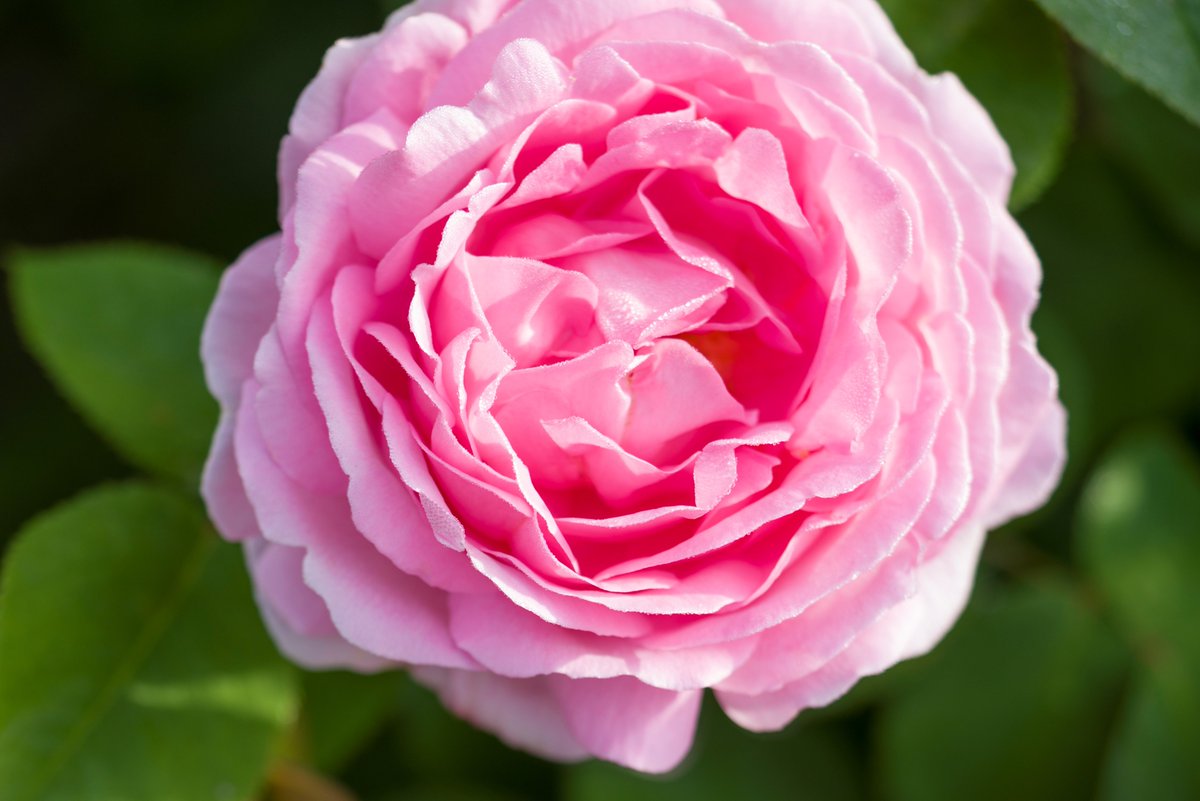


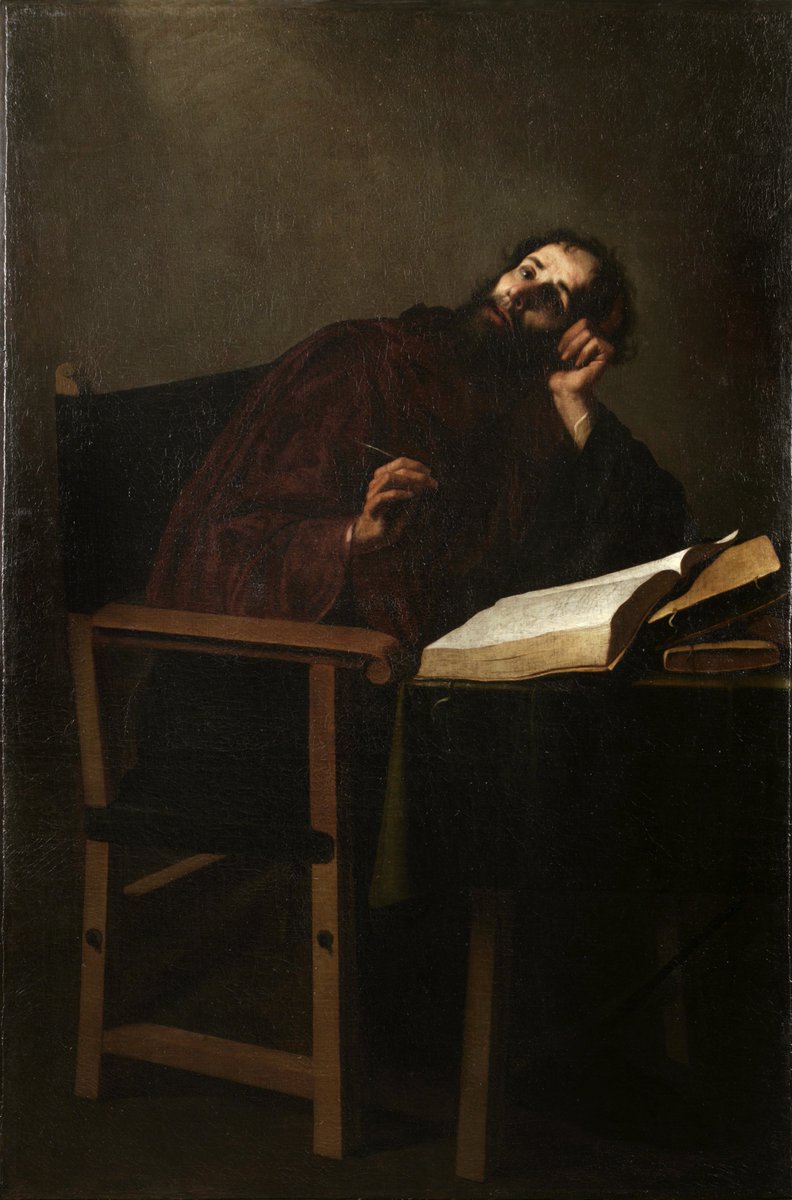
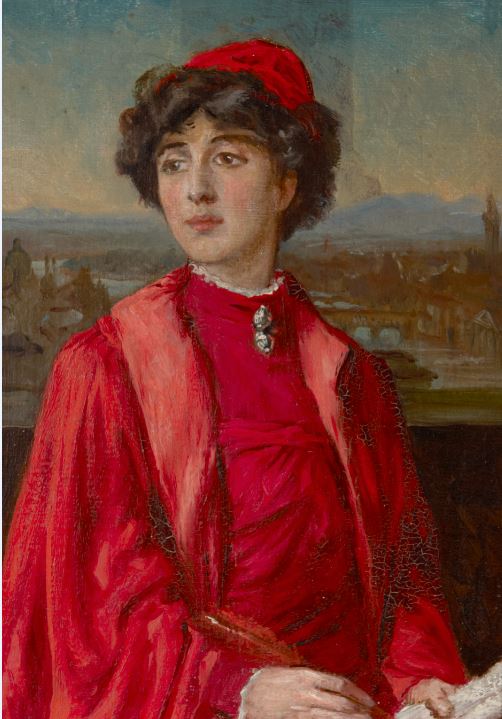

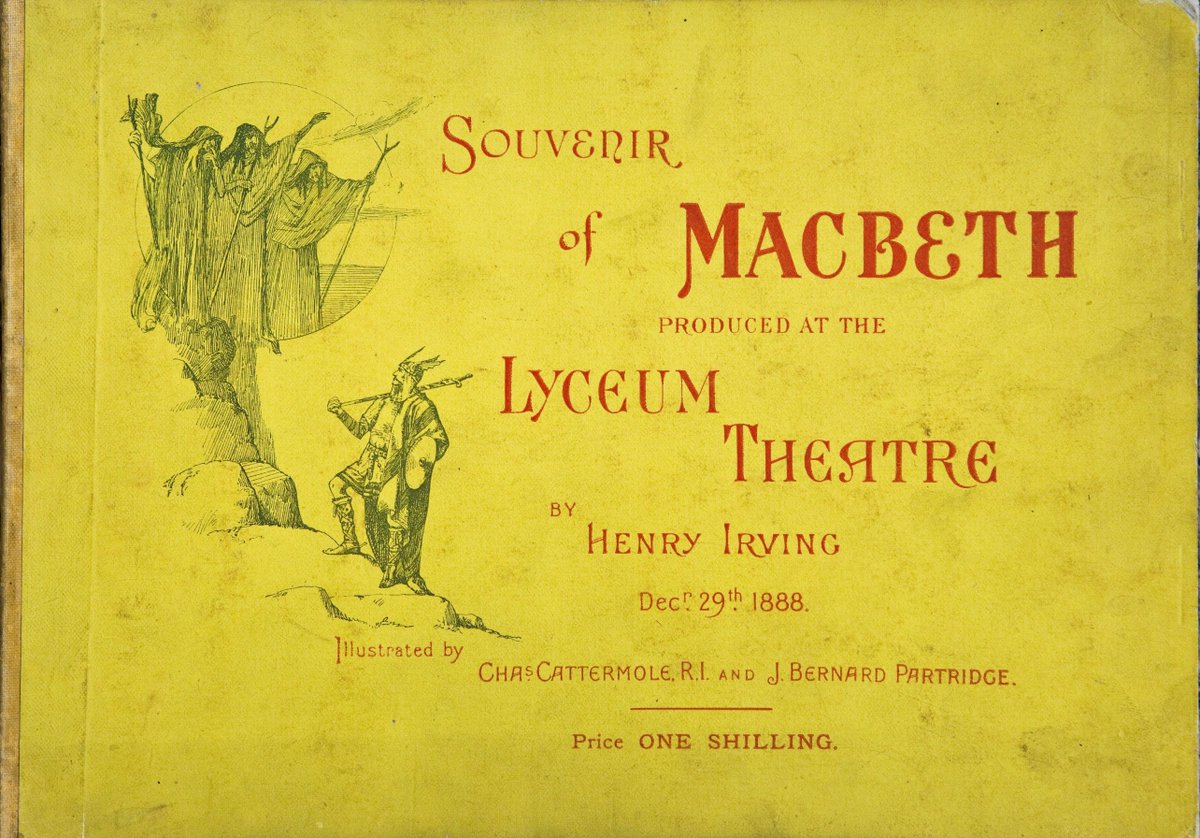

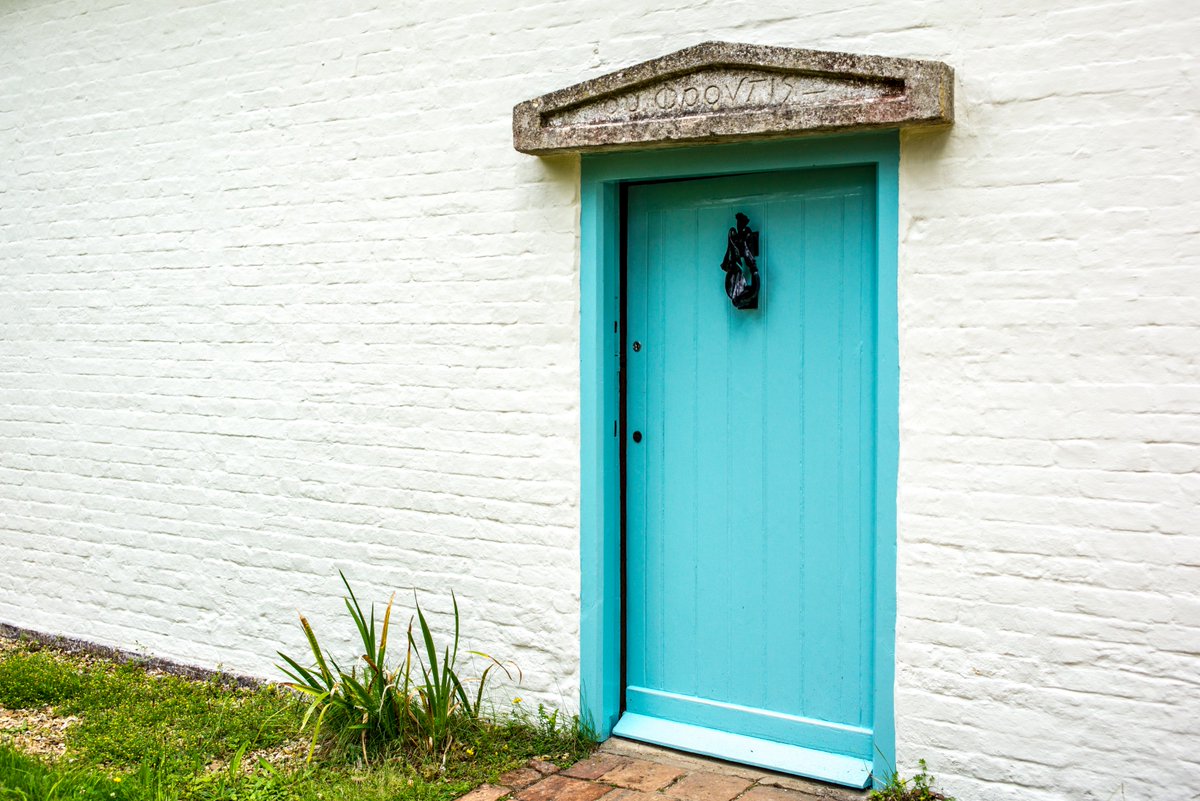
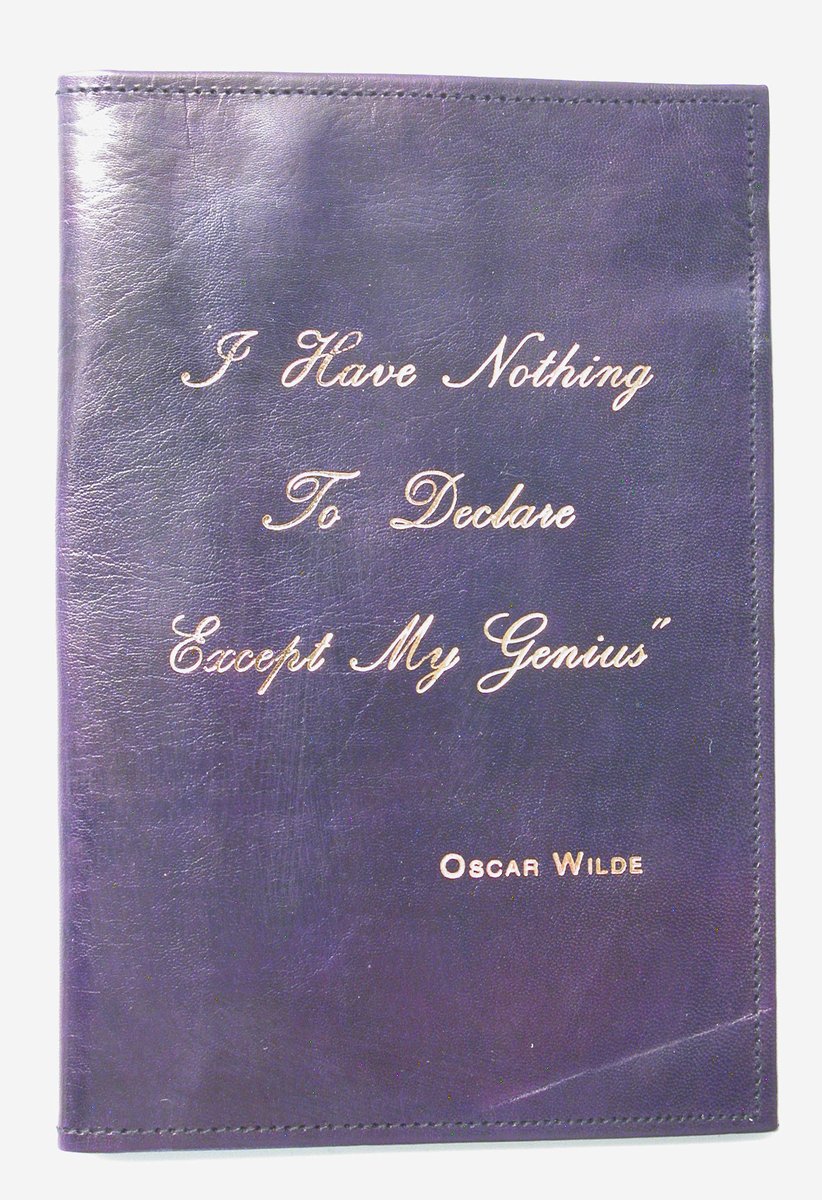
 month, we’re also celebrating the enormous contribution that LGBTQ+ staff, volunteers and supporters make to the work we do. While we won’t be at any parades this year, you can still get involved and join the celebration: https://ow.ly/wTzb30qTy... href="https://twtext.com//hashtag/NTPride"> #NTPride" title="This #Pride https://abs.twimg.com/hashflags... draggable="false" alt=""> month, we’re also celebrating the enormous contribution that LGBTQ+ staff, volunteers and supporters make to the work we do. While we won’t be at any parades this year, you can still get involved and join the celebration: https://ow.ly/wTzb30qTy... href="https://twtext.com//hashtag/NTPride"> #NTPride" class="img-responsive" style="max-width:100%;"/>
month, we’re also celebrating the enormous contribution that LGBTQ+ staff, volunteers and supporters make to the work we do. While we won’t be at any parades this year, you can still get involved and join the celebration: https://ow.ly/wTzb30qTy... href="https://twtext.com//hashtag/NTPride"> #NTPride" title="This #Pride https://abs.twimg.com/hashflags... draggable="false" alt=""> month, we’re also celebrating the enormous contribution that LGBTQ+ staff, volunteers and supporters make to the work we do. While we won’t be at any parades this year, you can still get involved and join the celebration: https://ow.ly/wTzb30qTy... href="https://twtext.com//hashtag/NTPride"> #NTPride" class="img-responsive" style="max-width:100%;"/>


